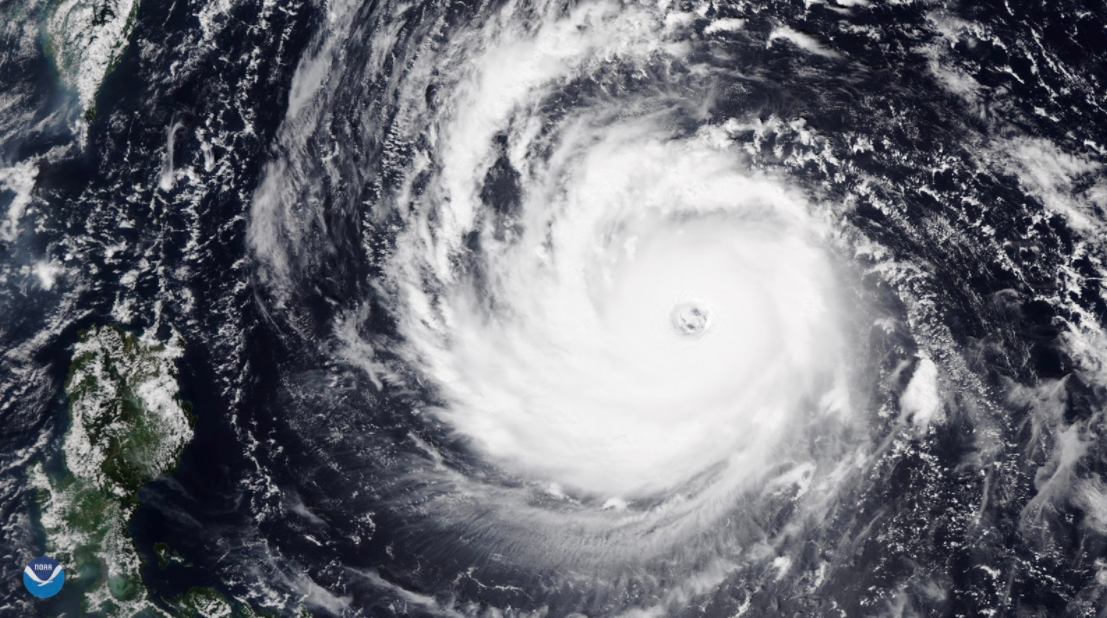

Known as the largest breeding ground for tropical cyclones on the planet, nearly one-third of these storm systems worldwide form in the western North Pacific. However, during early summer 2020, the region remained in an almost quiet state and the tropical cyclone frequency sank to the lowest level on record since 1979, puzzling scientists.
A new article sponsored by CPO’s Modeling, Analysis, Predictions, and Projections (MAPP) program and published in Geophysical Research Letters identifies two major factors that explain why the western North Pacific saw a quiet hurricane season. The research team found that concurrent Indian Ocean warming provided unfavorable conditions for tropical cyclone formation. In addition, an unprecedentedly long-lasting Madden Julian Oscillation (MJO) event—a global-scale pattern of tropical winds and rain—stalled over the Indian Ocean, further worsening the conditions. Together, the Indian Ocean warming and stalled MJO explain more than 80% of the record-low tropical cyclones. A weak La Niña event in the tropical eastern Pacific played a relatively minor role.
The authors note that a future in-depth investigation is necessary for a better understanding of this unprecedented MJO event and the potential predictability of similar extreme climate events.



